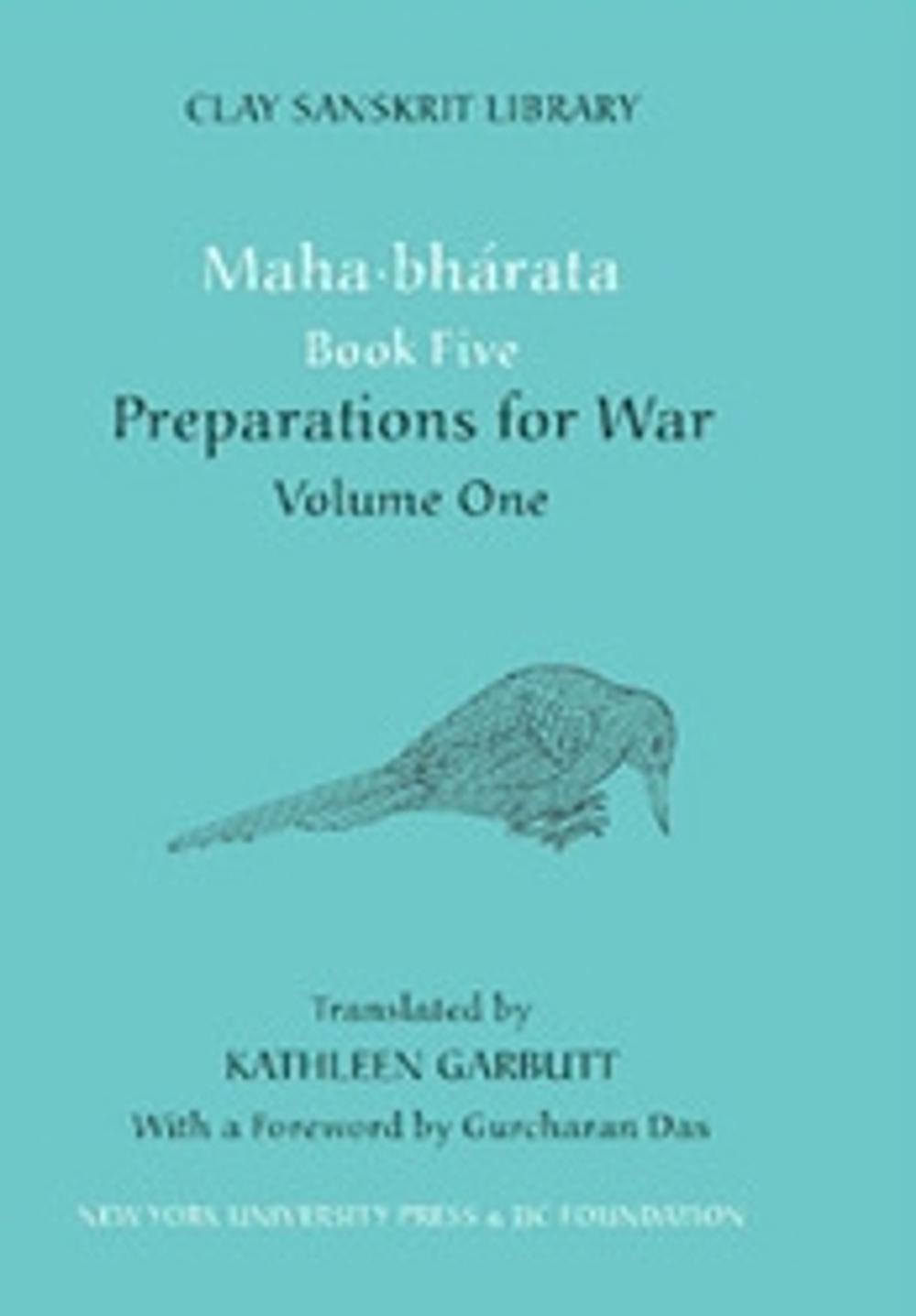
Mahabharata Book Five (Volume 1)
preparations for war
- Hardcover
717 pages
- Release Date
14 April 2008
Summary
The Pándavas believe they have completed the terms of their exile, though Duryódhana claims that they did not live unknown for the full thirteenth year, since Árjuna was recognized in the battle at the end of the preceding book, Viráta. While the Pándavas and Kurus make their preparations for war they organize a series of embassies to negotiate peace. This volume constantly highlights the inevitability of conflict and the futility of negotiation. Most characters are concerned that war betw…
Book Details
| ISBN-13: | 9780814731918 |
|---|---|
| ISBN-10: | 0814731910 |
| Series: | Clay Sanskrit Library |
| Author: | Kathleen Garbutt |
| Publisher: | New York University Press |
| Imprint: | New York University Press |
| Format: | Hardcover |
| Number of Pages: | 717 |
| Release Date: | 14 April 2008 |
| Weight: | 499g |
| Dimensions: | 165mm x 114mm |
You Can Find This Book In
What They're Saying
Critics Review
The books line up on my shelf like bright Bodhisattvas ready to take tough questions or keep quiet company. They stake out a vast territory, with works from two millennia in multiple genres: aphorism, lyric, epic, theater, and romance. - Willis G. Regier, The Chronicle ReviewNo effort has been spared to make these little volumes as attractive as possible to readers: the paper is of high quality, the typesetting immaculate. The founders of the series are John and Jennifer Clay, and Sanskritists can only thank them for an initiative intended to make the classics of an ancient Indian language accessible to a modern international audience. - The Times Higher Education SupplementThe Clay Sanskrit Library represents one of the most admirable publishing projects now afoot… Anyone who loves the look and feel and heft of books will delight in these elegant little volumes. - New Criterion”Published in the geek-chic format.” - BookForumVery few collections of Sanskrit deep enough for research are housed anywhere in North America. Now, twenty-five hundred years after the death of Shakyamuni Buddha, the ambitious Clay Sanskrit Library may remedy this state of affairs. - TricycleNow an ambitious new publishing project, the Clay Sanskrit Library brings together leading Sanskrit translators and scholars of Indology from around the world to celebrate in translating the beauty and range of classical Sanskrit literature… Published as smart green hardbacks that are small enough to fit into a jeans pocket, the volumes are meant to satisfy both the scholar and the lay reader. Each volume has a transliteration of the original Sanskrit text on the left-hand page and an English translation on the right, as also a helpful introduction and notes. Alongside definitive translations of the great Indian epics - 30 or so volumes will be devoted to the Maha*bharat itself - Clay Sanskrit Library makes available to the English-speaking reader many other delights: The earthy verse of Bhartri*hari, the pungent satire of Jayanta Bhatta and the roving narratives of Dandin, among others. All these writers belong properly not just to Indian literature, but to world literature. - LiveMint
About The Author
Kathleen Garbutt
Kathleen Garbutt translates and edits Sanskrit literature full time for the JJC Foundation, co-publishers (with NYU Press) of the Clay Sanskrit Library.
Returns
This item is eligible for free returns within 30 days of delivery. See our returns policy for further details.




